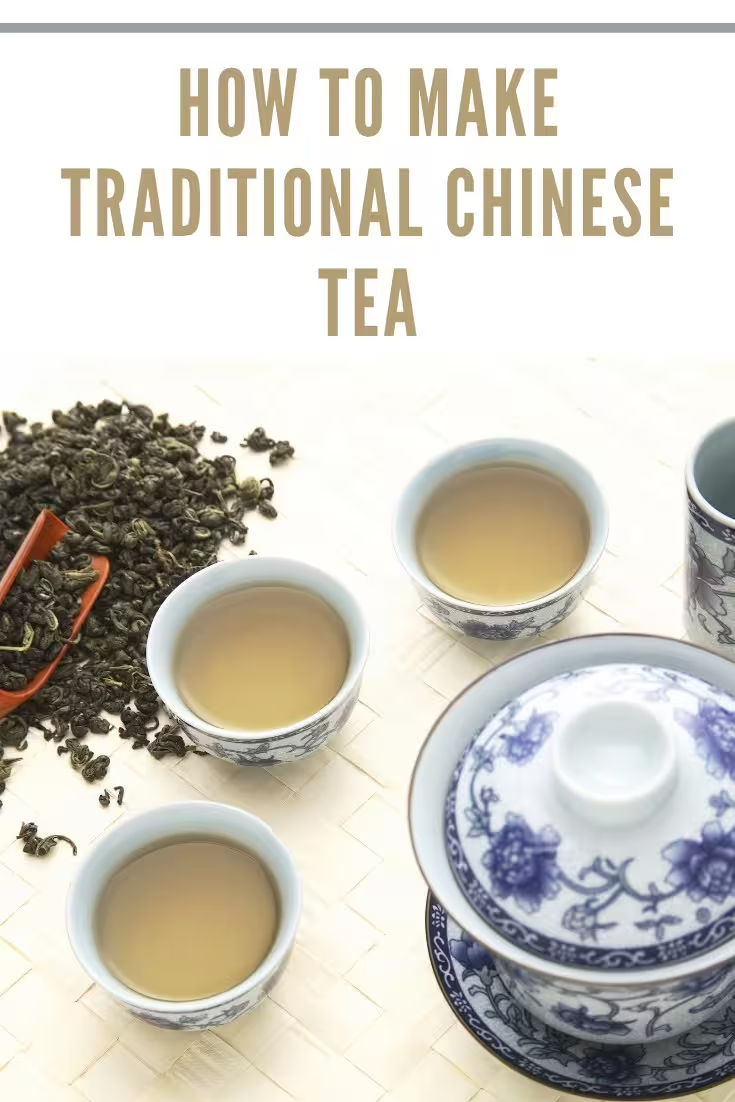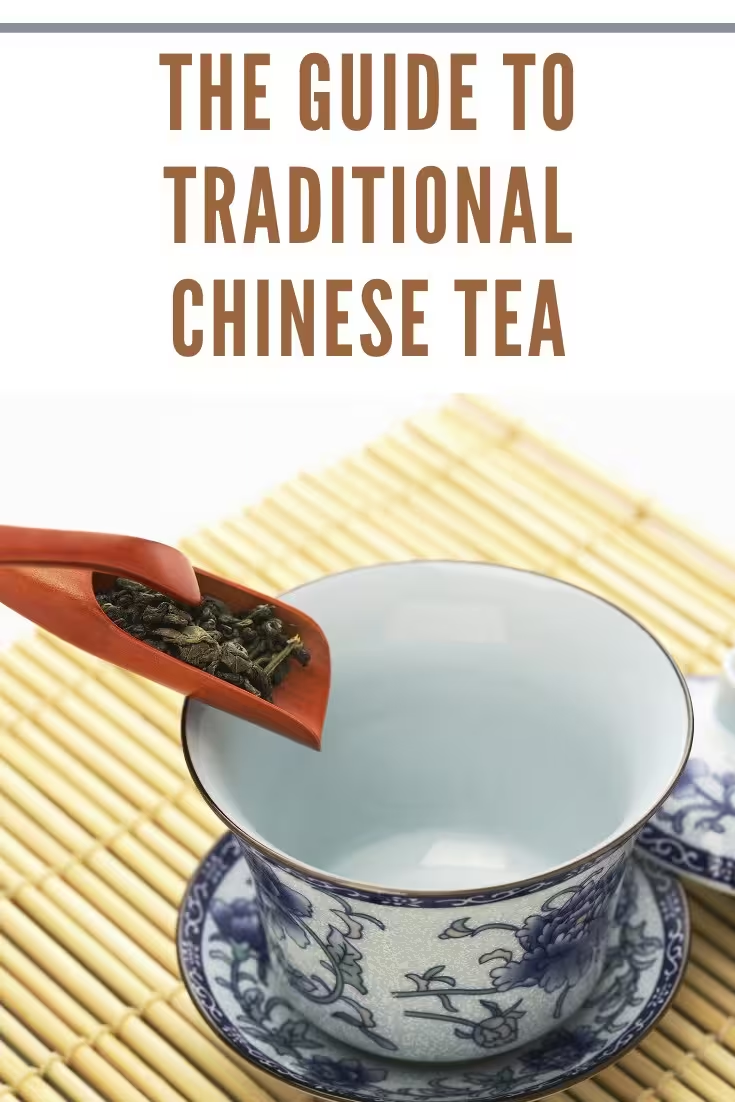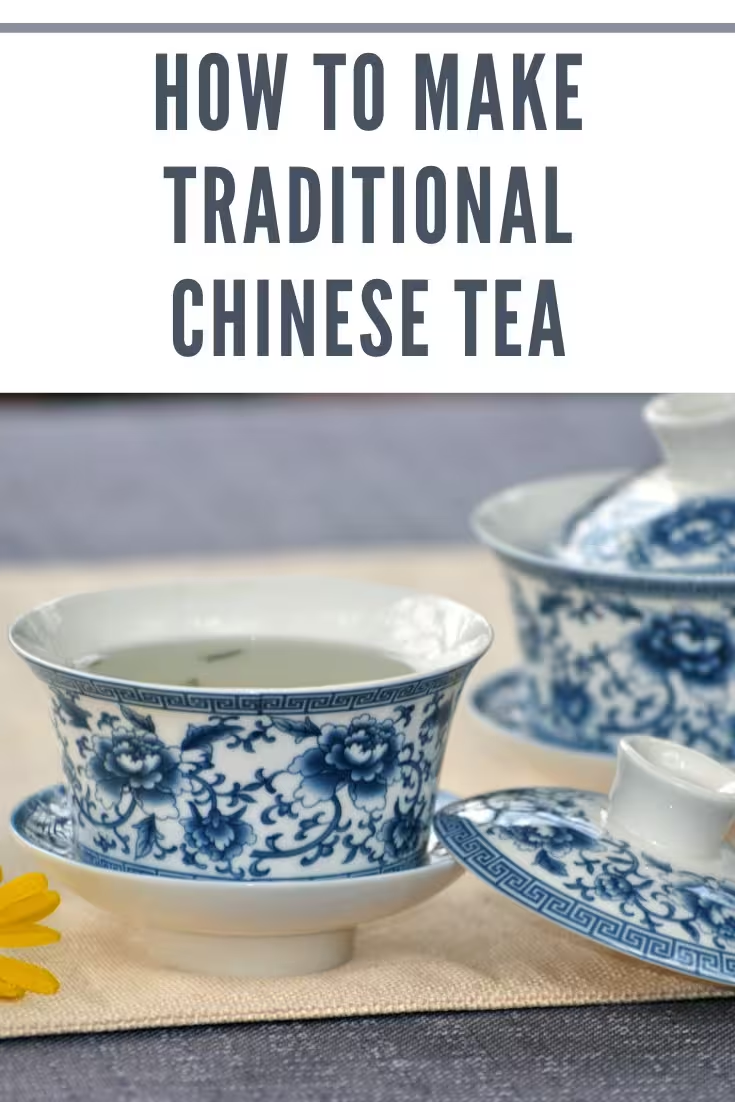How to Make Traditional Chinese Tea: A Step-by-Step Guide

What Makes Chinese Tea Unique?
Chinese Green Tea is unlike any other. It doesn’t go through the typical withering and oxidation process that most teas undergo. This gives it a sweet and light flavor with a subtle toasty note. If you’re new to Chinese tea, you’ll find that its delicate taste is both refreshing and soothing—a perfect way to start or end your day.
Choosing the Right Tea Leaves
The journey to making authentic Chinese tea begins with selecting the right leaves. You don’t need to spend a fortune to get quality tea leaves. Many excellent options are available online, making it easy and affordable to find the perfect leaves for your taste. Whether you prefer the rich history of Pu-Erh or the fresh notes of a green tea, your choice of leaves will set the tone for your brewing experience.

Brewing Traditional Chinese Tea
Now that you’ve got your tea leaves, it’s time to brew them.
Here’s a simple method to get you started:
- Prepare the Teapot: Place your chosen tea leaves into the teapot.
- Boil the Water: Heat water until it reaches the ideal temperature for your tea (usually just before boiling for green teas).
- Steep the Tea: Pour the hot water over the tea leaves and let it steep for a few minutes.
- Enjoy: Stir, taste, and adjust as necessary. You can add extras like honey or lemon to enhance the flavor, though traditionalists might prefer it as is.
Recipe Details:
- Prep Time: 5 minutes
- Cook Time: 10 minutes
- Servings: 2-4 cups
Expert Tips:
- Use fresh, filtered water for the best taste.
- Experiment with steeping times to find your perfect brew.
- Store tea leaves in a cool, dry place to maintain their freshness.
FAQs:
- Can I reuse tea leaves?
- Yes, high-quality Chinese tea leaves can often be steeped multiple times.
- What’s the best temperature for brewing green tea?
- Around 175°F (80°C) is ideal for most green teas.
Using a Tea Strainer
If you prefer a slightly milder flavor or want an easier cleanup, consider using a tea strainer. Simply place the leaves in the strainer and steep them in your cup or teapot. This method is less traditional but still allows you to enjoy the essence of Chinese tea without any overpowering flavors.

The Most Common Chinese Tea: Green Tea
Did you know that green tea is the oldest and most popular tea in China? In fact, over 80% of the world’s green tea is grown in China. Green tea is made from the new shoots of the tea plant, and the leaves are dried and processed based on the desired type of tea. It’s also the least processed form of tea, which helps retain its natural antioxidants and flavor.
Famous Types of Chinese Tea
Chinese tea is rich in variety.
Here are the main categories:
- Fully Oxidized (Black Tea): Known as Red Tea in China, this tea is fully fermented, giving it a deep, rich flavor.
- Semi-Oxidized (Oolong Tea): Oolong teas are partially fermented, offering a balance between green and black tea flavors. They’re sometimes called semi-green or blue-green tea.
- Post-Fermented (Aged Tea): The famous Pu-Erh tea, aged and fermented, belongs to this category. It’s known for its earthy, complex taste.
Traditional Chinese Tea Sets
To truly experience Chinese tea, consider using a traditional tea set.
A standard set includes:
- Tea spoon
- Tea clip
- Fair cup
- Tea tray
- Teapot
- Kettle
- Cup bracket
- Tea cup
- Fragrance-smelling cup
These sets are typically made from glass, porcelain, or sand, each material enhancing the tea experience in unique ways. For example, green tea is best brewed in transparent glass cups, allowing you to appreciate the color and clarity of the tea as it steeps.
What is a Fair Cup?
A fair cup is an essential part of the tea ritual, ensuring that the tea poured into each cup has a consistent flavor. After brewing, the tea is first poured into the fair cup, then distributed into individual cups, ensuring everyone enjoys the same taste.
Want More Delicious Recipes?
Craving more scrumptious and healthy recipes? Dive into my Pinterest board for a treasure trove of culinary inspiration! And if you’re eager to make meal prep even simpler, don’t miss out on my cookbook, The How-To Cookbook for Teens: 100 Easy Recipes to Learn the Basics. It’s brimming with quick, easy recipes designed to elevate your cooking game. Grab your copy today and start transforming your meals!
